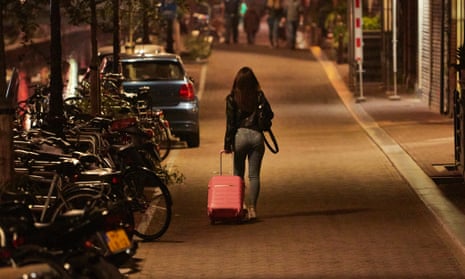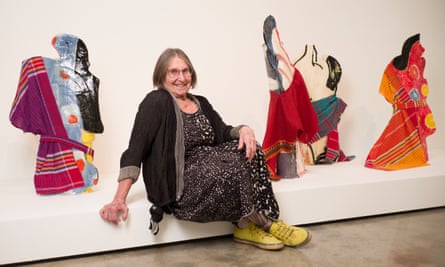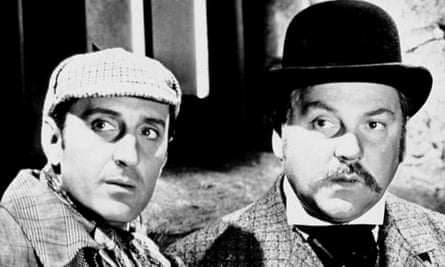Sugestões para ti

I felt wheelie awful in Amsterdam; no wonder they want British tourists to stay away

To be British is a bit embarrassing at this point and not only because of Brexit. In Amsterdam, hard-drinking British tourists are the target of a “stay away” campaign. In “saturated” Lanzarote, plans are afoot to limit the number of UK visitors. But even for the non-British, the mini-break is increasingly fraught: a political nightmare up there with recycling or driving a car.
The people of Barcelona, Lisbon and Venice are sick of Airbnb and its effect on their cities. In Marseille, where activists may be both more stubborn and more chic than elsewhere, public enemy number one is not M Macron but the ubiquitous valise à roulettes (wheelie suitcase), without which no self-respecting weekender would even consider travelling in the 21st century.
Or would they? I used to feel smug as my dear domestic colleague slung his bag heavily over his shoulder at airports and railway stations (he considers wheels infra dig). But in Amsterdam the other day – we were there to see the Rijksmuseum’s sold-out Vermeer exhibition – I felt things shift. The sound of my plastic wheels on cobbles and tramlines was loud in my ears: a leper’s bell announcing my approach. As T sliced through the crowds, silently and stylishly, I was envious of him and embarrassed for myself. On went my sunglasses, in spite of the clouds. Into the hotel (no Airbnb for us!) I ran, as if I was an international celebrity, and all the other pitiable wheelie-draggers were paparazzi about to shame me.
A life in cups
The Vermeer show is wondrous: it leaves you floating. But since the pandemic, such intensity is standard for me. I’m trying to live life differently; all data is welcome, all experiences more keenly felt. At Charleston in Sussex for a new exhibition by the late American artists Betty and George Woodman, I’m entranced by a film in which the couple describe summers at their house in Antella, Tuscany.

To hear Betty talk of her breakfast coffee cup, and how she chooses it, and why this decision matters, is to feel both strangely calm and surprisingly excited. Here is mindfulness avant la lettre, minus the woo-woo. Back at home, every mug in the cupboard is imbued with fresh meaning.
A case for Sherlock
Not all museum visits are equal, however. In today’s science pages, I mention that I was recently allowed to explore Barts Pathology Museum, which is only open to the public by arrangement. I realise this isn’t everyone’s idea of a perfect afternoon, but for me it was thrilling.

While I might not buy the museum’s line that Arthur Conan Doyle, my favourite writer as a child, may have written some of his stories in the office now occupied by its technical curator, Bart’s hospital is indubitably the site of Sherlock Holmes’s first meeting with Dr Watson. Also, I’ve always been a ghoul. For my 13th birthday, I asked my startled mother for the memoirs of the celebrated forensic pathologist Keith Simpson (the famous cases on which he worked, I know without having to check, include the so-called “acid bath murders” for which John Haigh was hanged in 1949).
Teaching methodology having changed radically in the past 70 years, the 4,000 specimens on display are no longer much used by students. But for the non-medical, every shelf is absorbing. I was transfixed by the case devoted to objects inserted by patients deep inside themselves, among them an anti-aircraft shell (I won’t say where it was hidden, for you may be eating your breakfast). Its removal, in 1933, was performed under anaesthesia, but only after the hospital had been evacuated, the patient apparently uncertain as to whether it was still live.
